What is an additional problem in fish farming?
Fish farming seems straightforward, but hidden problems can sink your efforts. These issues go beyond the obvious, threatening the core of your operation and causing major stress.
Beyond disease and feed costs, a critical problem in fish farming is the intense pressure from environmental regulations and market volatility. These external forces can unexpectedly crush profits and make long-term planning incredibly difficult, catching even experienced farmers by surprise.
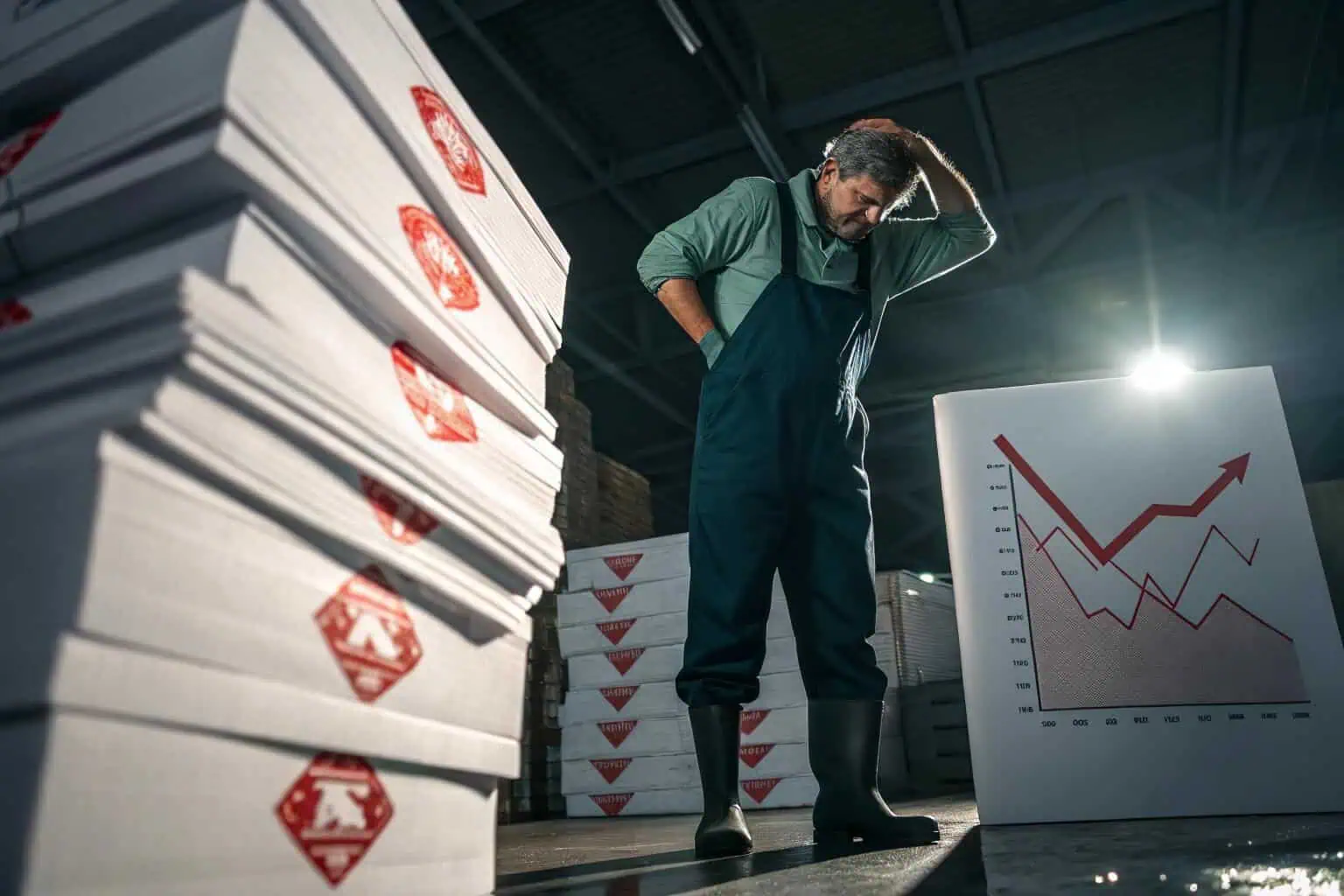
As someone who has spent years in this industry, I've seen how these challenges play out. It's one thing to read about them, but another to live them. The constant worry about things outside your control can be exhausting. But understanding these problems is the first step toward building a stronger, more resilient farm. Let's look closer at some of the specific issues we face every day.
What are some problems with fish farming?
Are you thinking about starting a fish farm? It's easy to feel overwhelmed by all the potential problems, from sick fish to soaring costs, making you wonder if it's worth it.
The most common problems in fish farming are disease outbreaks that can destroy your entire stock, poor water quality that stresses fish and stunts growth, and the high, unpredictable cost of quality feed.
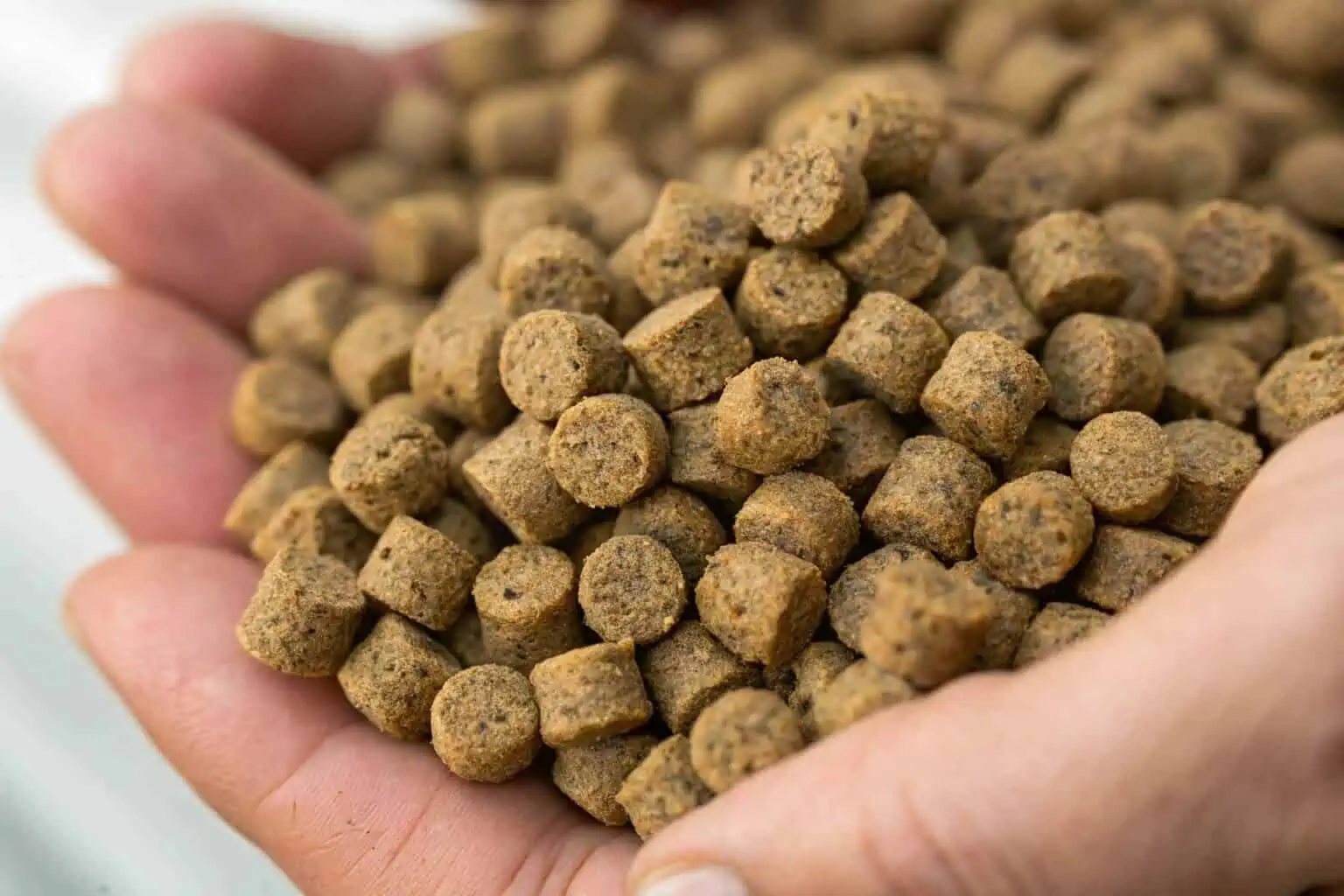
I've learned that you can't just focus on one thing. It's a constant balancing act. For example, you can have the best feed in the world, but if your water quality is poor, the fish won't eat or grow properly. It all works together. Let's dive deeper into these core challenges.
The Constant Threat of Disease
In any farming system where you have a lot of animals in one place, disease is a huge risk. In fish farming, it's even more difficult because problems can spread through the water very quickly. One sick fish can turn into a full-blown epidemic before you even notice something is wrong. We constantly have to watch for signs of common bacterial or fungal infections1. Prevention is key, which means keeping the water clean and the fish stress-free. But even with the best care, an outbreak can happen, and it's a terrible feeling to see your hard work wiped out overnight.
The Daily Battle for Water Quality
Water is everything to a fish. It's the air they breathe and the world they live in. Keeping that water perfect is a full-time job. We have to monitor oxygen levels, ammonia, nitrites, and pH every single day. If any of these get out of balance, the fish get stressed. Stressed fish don't eat, they get sick easily, and they don't grow. This is where having reliable equipment2, like a sturdy tank from a company like Bancy, really helps. A good tank provides a stable environment, which is the foundation for managing water quality effectively. It removes one major variable from a very complicated equation.
The Economic Squeeze of Feed
Feed is almost always the biggest operational cost on a fish farm. The price of high-quality fishmeal can change a lot, depending on global supply and demand. This makes it hard to budget and plan for the future. We are always looking for ways to feed our fish well without breaking the bank. There's a lot of research into alternative protein sources3, like insects or algae, but they are not all widely available or affordable yet. Here’s a simple look at how feed choices can impact costs:
| Feed Type | Protein Source4 | Relative Cost |
|---|---|---|
| Traditional Feed | Fishmeal, Soy | Medium-High |
| Premium Feed | High-Quality Fishmeal | High |
| Alternative Feed5 | Insect, Algae | Varies, often High |
What is the major problem in fish production?
So you have your tanks and your fish, but getting consistent production is a struggle. It feels like invisible forces are working against you, making the entire operation feel unstable.
The single major problem in fish production is maintaining a perfectly stable and healthy environment. It is a constant fight against contamination, temperature changes, and disease, where one small mistake can lead to huge losses.
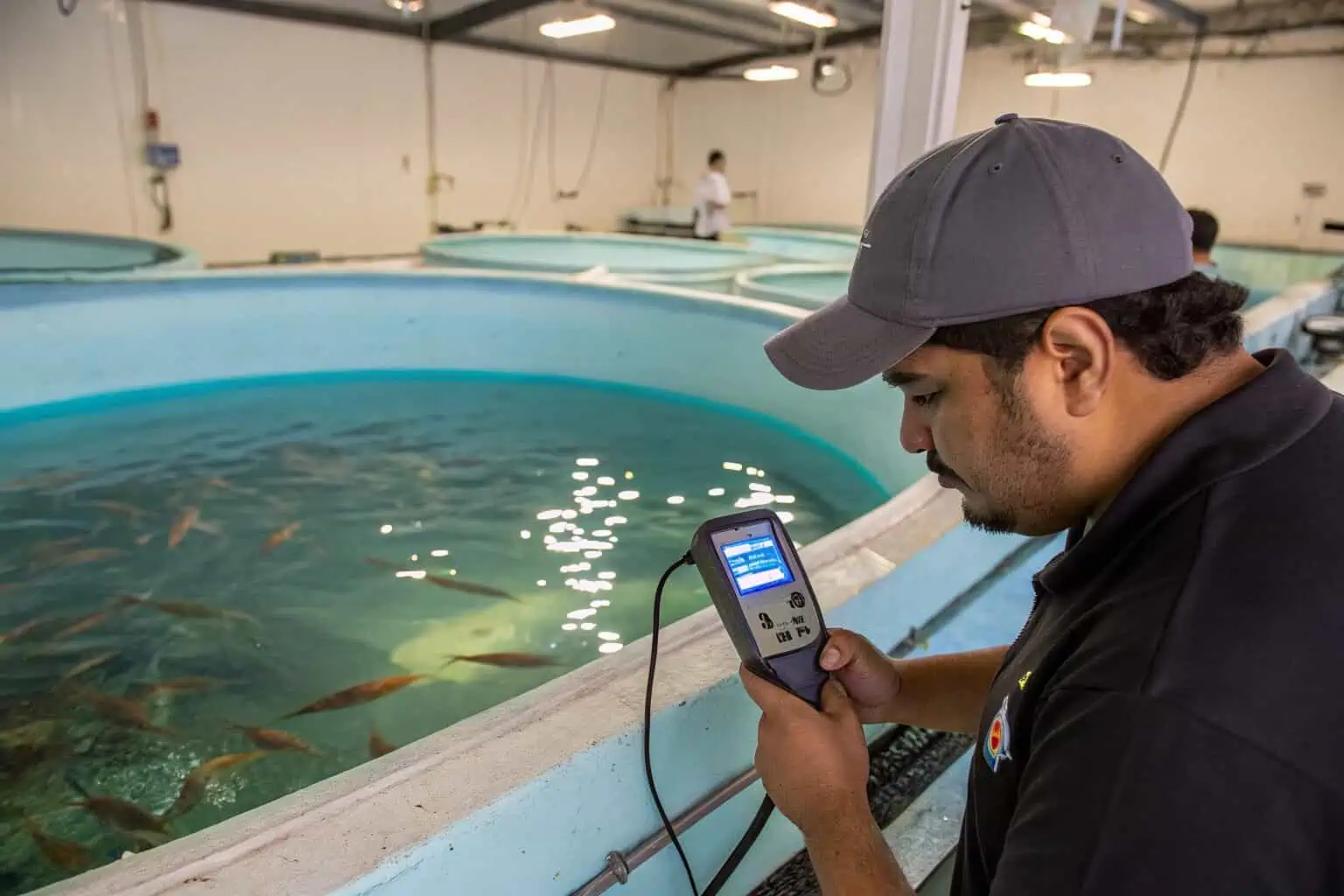
This is the part of the job that keeps me up at night. A farm is a closed ecosystem, and that's both its greatest strength and its biggest weakness. You have full control, but you are also responsible for everything. There is no room for error.
Environmental Control is Everything
In the wild, nature helps balance things out. In a tank, it's all on you. A sudden heatwave can raise water temperatures to dangerous levels. A power outage can shut down your pumps, and oxygen levels can drop in minutes. I learned early on that you have to be prepared for the worst. This means having backup generators6 and alarm systems that alert you if something goes wrong, even in the middle of the night. You can't just set things up and hope for the best. You have to actively manage the environment every single hour of every day.
How Quality Equipment Makes a Difference
This is why I always tell new farmers to invest in good equipment from the start. It might seem cheaper to cut corners, but it will cost you more in the long run. A durable, well-made fish tank7, like the collapsible ones Bancy offers, provides a secure foundation. You don't have to worry about leaks or structural failures. This peace of mind is priceless. When you trust your core infrastructure, you can focus your energy on what really matters: the health of your fish and the chemistry of your water. It simplifies the job by removing a major source of potential disaster.
The Domino Effect of a Single Failure
In aquaculture, reliability is paramount because a single point of failure can trigger a chain reaction, quickly leading to the loss of your entire stock. For instance, a cheap water pump breaking down can interrupt water circulation, causing oxygen levels to plummet and ammonia from fish waste to rapidly build up to toxic levels, ultimately stressing the fish and leading to death – all potentially within just a few hours. Therefore, every component of an aquaculture system, from the tanks to the pumps and filters, must be tough and dependable.
| Aspect | Description | Consequence of Failure | Importance |
|---|---|---|---|
| Reliability | The most important word in aquaculture | A single point of failure can trigger a chain reaction that wipes out your entire stock. | Paramount |
| Single Point of Failure8 | A weakness in the system where one component's failure can cause a system collapse. | Triggers a chain reaction | Critical Risk |
| Cheap Water Pump9 | Example of a potential single point of failure | Breaks down, interrupts water circulation | Avoid low reliability |
| Water Circulation10 | Essential process in the system | Stops when the pump breaks down | Vital |
| Oxygen Levels | Critical parameter for fish health | Plummet when water circulation stops | Essential |
| Ammonia (from fish waste) | Waste product from fish | Builds up to toxic levels when water circulation stops and oxygen levels are low | Needs Control |
| Fish Stress | Result of poor water conditions (low oxygen, high ammonia) | Leads to death | Direct Impact |
| Timeframe for Failure | How quickly the disaster can occur | Can all happen in just a few hours | Rapid |
| System Components | Every part of the aquaculture system (tanks, pumps, filters) | Must be tough and dependable | Essential for Reliability |
What is the biggest problem in aquaculture?
Aquaculture is promoted as a way to feed the world, but there is a big challenge that threatens its sustainable future. This problem is not just technical; it's about our long-term relationship with the planet.
The biggest problem in aquaculture is managing its environmental impact. This includes water pollution from fish waste, the risk of farmed fish escaping, and the industry's reliance on wild-caught fish for feed.
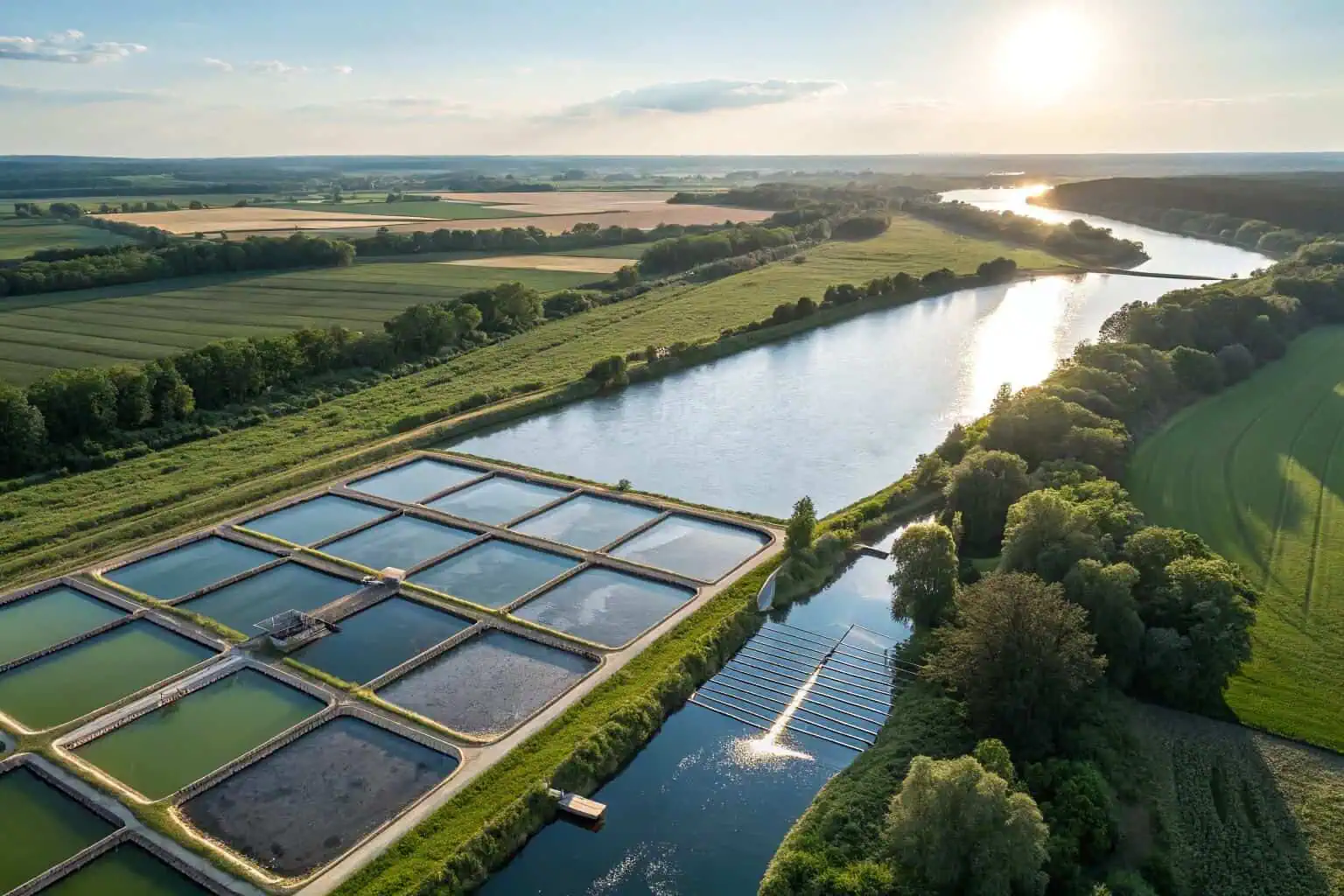
This is a tough one for me because I believe in what we do, but I also see the challenges. We have a responsibility to be good stewards of our resources. Finding the right balance between producing food and protecting the environment is the ultimate goal.
The Pollution Paradox
It's a strange situation. We need clean water to grow healthy fish, but the very process of growing them can create pollution. Fish waste and uneaten feed release nitrogen and phosphorus into the water. If this water is discharged without being treated, it can harm local ecosystems. This is why modern farms are moving toward closed-loop systems, also known as Recirculating Aquaculture Systems (RAS)11. These systems clean and reuse water, which dramatically reduces pollution. They are expensive to set up, but I believe they are the future of sustainable fish farming.
The Debate Over Sustainable Feed
Many popular farmed fish, like salmon, are predators. In the wild, they eat other fish. So, to feed them on a farm, we have historically used feed made from wild-caught fish, like anchovies or sardines. This has put a lot of pressure on wild fish populations. The industry is working hard to solve this. Researchers are developing new feeds that use protein from plants, insects, or algae. The goal is to create a feed that is nutritious for the fish but doesn't harm ocean ecosystems. We are not there yet, but we are making progress every year.
| Aspect | Description | Impact/Action | Current Status |
|---|---|---|---|
| Popular Farmed Fish12 | Examples like salmon | Are predators and eat other fish in the wild | Common in aquaculture |
| Historical Feed Source | Feed made from wild-caught fish (e.g., anchovies, sardines) | Used to feed farmed fish | Past/Current practice |
| Pressure on Wild Fish13 | Negative impact on wild fish populations due to using them for feed | Has put a lot of pressure on wild fish populations | Significant Concern |
| Industry Response | Efforts by the aquaculture industry to address the issue | Working hard to solve this problem | Active Research/Development |
| New Feed Development14 | Research into alternative protein sources for fish feed | Developing new feeds using protein from plants, insects, or algae | Ongoing |
| Goal of New Feeds | To create feed that is both nutritious for farmed fish and sustainable for ecosystems | Nutritious for fish, doesn't harm ocean ecosystems | Future Target |
| Progress | How far along the industry is in achieving the goal | Not there yet, but making progress every year | Continuous Improvement |
Balancing Profit and the Planet
At the end of the day, a farm has to be profitable to survive. New regulations designed to protect the environment often mean higher costs for farmers. For example, installing a water treatment system15 is expensive. Switching to a more sustainable but less-tested feed can be a risk. This is the central challenge we face. As an industry, we need to innovate to find solutions that are good for the planet and also good for business. It's not easy, but it's necessary for our long-term success and acceptance.
Which of the following is a disadvantage of fish farming?
Are you thinking about investing in fish farming? It can look very profitable from the outside, but there are hidden costs that can turn a good investment into a financial nightmare.
A major disadvantage of fish farming is the very high initial investment and significant ongoing operational costs. You need expensive equipment to start, and the daily costs for feed, electricity, and labor are huge.
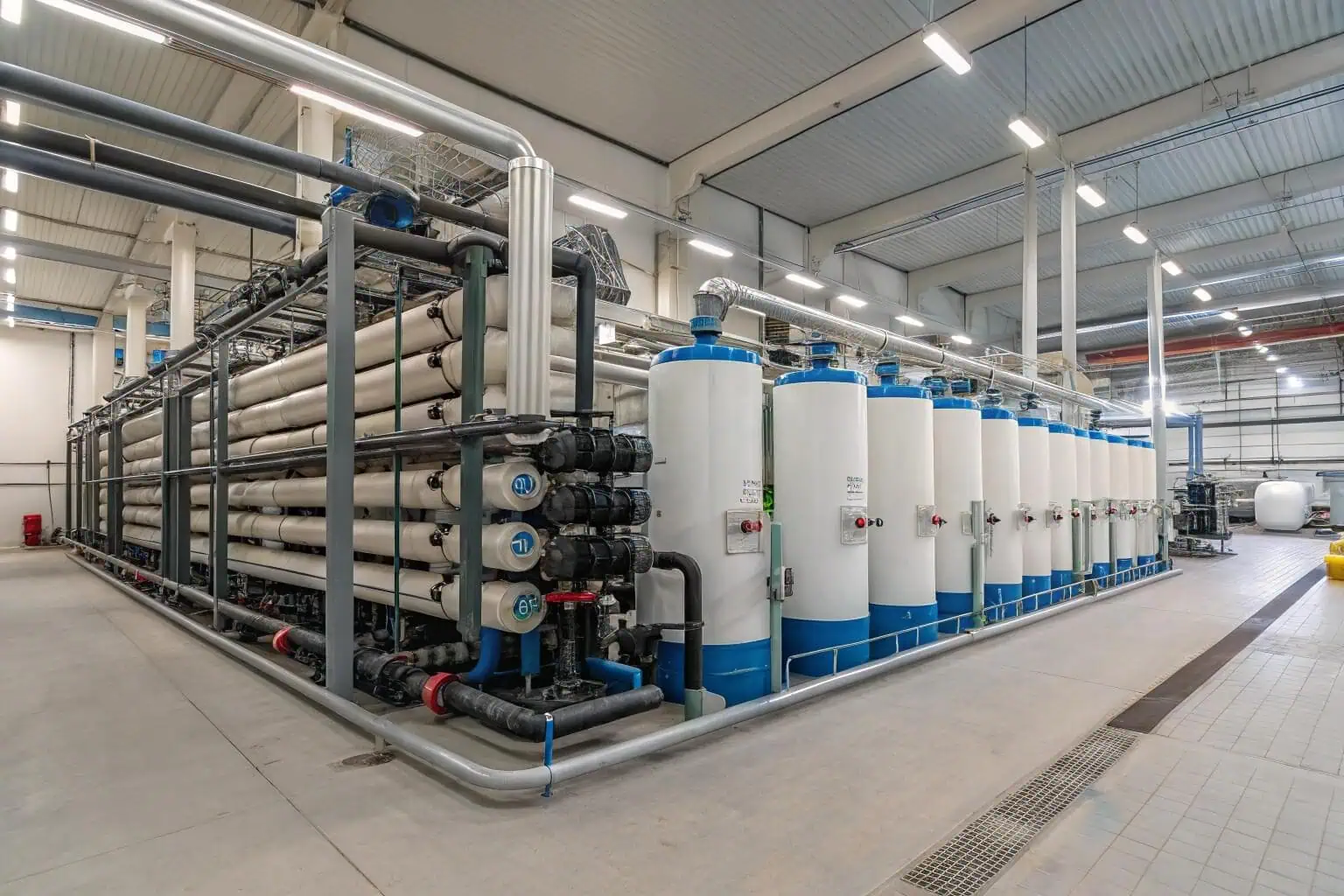
I've seen many people get into this business with a lot of passion but not enough capital. The financial side of things can be brutal if you are not prepared. It's a business of big expenses and tight margins.
The Upfront Cost Barrier
Getting started is not cheap. You can't just buy a few fish and a bucket. You need land, reliable tanks, and a complex system of pumps and filters to keep the water clean. The initial setup can easily run into thousands, or even hundreds of thousands, of dollars depending on the scale. Here is a rough idea of what you might need to budget for:
| Item | Estimated Cost | Importance |
|---|---|---|
| Land or Building Lease16 | Varies Greatly | Essential |
| High-Quality Tanks17 | High | Critical |
| Pumps & Filtration System18 | Very High | Critical |
| Initial Fish Stock | Medium | Essential |
| Backup Power | Medium-High | Highly Recommended |
The Never-Ending Operational Costs
Once you are set up, the spending doesn't stop. In fact, it's just beginning. Your electricity bill19 will be high because pumps and filters need to run 24/7. Feed, as we've discussed, is a massive and constant expense. You also have to pay for labor, regular water testing, and any veterinary care the fish might need. These costs add up quickly, and you have to manage your cash flow very carefully to make sure you can cover them, especially in the early months before you have any fish to sell.
Market Volatility and Financial Risk
Even if you do everything right, you are still at the mercy of the market. The price you can get for your fish can go up or down based on factors completely outside your control, like what other farms are producing or what consumers are buying. However, your costs—your electricity bill, your feed supplier's invoice—are fixed. This creates a high-risk situation. You can have a great harvest, but if the market price20 is low, you might still lose money. It takes a strong stomach and a good business plan to navigate this uncertainty.
Conclusion
Fish farming is full of challenges, from disease and high costs to environmental pressures. But with durable equipment and smart, sustainable practices, we can build a profitable and responsible future.
-
This resource provides insights into treatment options and prevention methods for common infections in fish. ↩
-
Investing in reliable equipment is key to successful aquarium management. Discover the best tools to ensure a healthy environment for your fish. ↩
-
Exploring alternative protein sources can lead to cost-effective and sustainable feeding solutions for fish farms. ↩
-
Discover various protein sources that can enhance animal nutrition and improve feed efficiency. ↩
-
Learn about innovative alternative feeds that can provide sustainable and nutritious options for livestock. ↩
-
Explore this link to find reliable backup generators that can ensure your aquarium's safety during power outages. ↩
-
Exploring this link will highlight how quality tanks enhance fish health and reduce maintenance issues. ↩
-
Understanding this concept is crucial for preventing system collapses in aquaculture. ↩
-
Exploring this can help you avoid costly breakdowns and ensure reliable water circulation. ↩
-
Learn about its vital role in maintaining fish health and preventing toxic conditions. ↩
-
Explore this link to understand how RAS can revolutionize sustainable fish farming and reduce environmental impact. ↩
-
Explore this link to understand the significance of popular farmed fish in aquaculture and their ecological roles. ↩
-
Learn about the critical pressures on wild fish populations due to aquaculture practices and the need for sustainable solutions. ↩
-
Discover innovative approaches in fish feed development that aim to enhance sustainability and nutrition. ↩
-
This resource will explain the financial advantages of investing in water treatment systems for farmers. ↩
-
Understanding land lease costs is crucial for budgeting your aquaculture setup effectively. ↩
-
Discover the best high-quality tanks that provide a safe and healthy environment for your fish, essential for maximizing your aquaculture investment. ↩
-
Explore this link to find top-rated pumps and filtration systems that ensure clean water for your fish, crucial for a successful aquaculture setup. ↩
-
Understanding the factors influencing electricity costs can help you optimize your aquaculture setup and reduce expenses. ↩
-
Understanding market price dynamics can help you make informed decisions and mitigate risks in your farming business. ↩